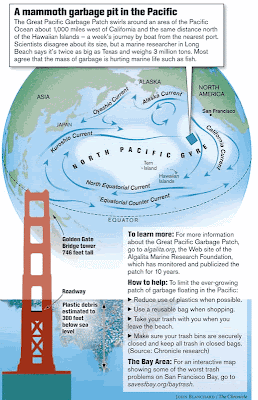While cruising up the Amazon river on the Prinsendam, I lectured on some of the fascinating creatures that live in the river, rainforest, and associated ecosystems. Bullet Ants (named for the pain associated with their sting), Stink Birds, the real story about Piranhas (avoid swimming in small ponds during the dry season), Sloths, Howler Monkeys, Pink River Dolphins to name a few. And then there's the Anaconda -- one of the largest snakes in the world.
| Anaconda in the Manaus zoo by yours truly. These snakes are completely at home in the water and often hunt while submerged. For everything you ever wanted to know about these snakes see the excellent website by biologist Jesus A. Rivas - www.anacondas.org |
What does this have to do with your next cruise?? Well, I told my audiences about the $50,000 Roosevelt Prize, on offer from the Wildlife
Conservation Society of New York, for any snake caught
alive more than 30ft long. It had remained unclaimed
since 1912.
There is a bit of a
catch (pun intended!)... the snake must be delivered alive and in good health,
accompanied by all necessary permits and paperwork, to the Bronx Zoo in New
York City.
The reward was
first offered in the early 1900s by President Theodore Roosevelt, a close
friend of William T. Hornaday, the Bronx Zoo's director at the time. And the
money--initially $1,000, then $10,000, and now $50,000--is still
unclaimed.
So, on your next cruise up the Amazon... be prepared! You too could collect $50,000 if you have the right gear. I wish I had spent a bit more time wading through jungle swamps -- I might have stepped on a 31 ft Anaconda!! Of course, that could end badly -- with the collector getting collected!
You can learn a bit more by following this link.





